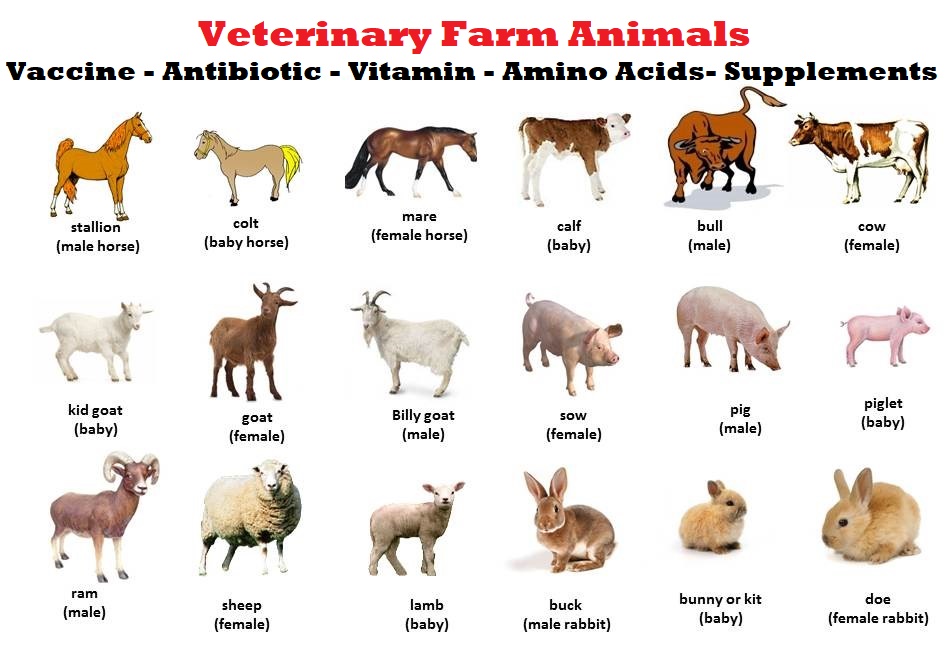
benefits of enzymes in animal feed
13 / Jun 19
benefits of enzymes in animal feed
Roles of phytases, carbohydrases and protease result in numerous benefits for animals and producers.
When feed enzymes were first used more than a decade ago, their acceptance was limited to phytase applications for reduced phosphorus excretion. Although feed enzymes have been utilized for many years, we have only scratched the surface as research on feed enzyme technology.
Producers need to maximize that time efficiently in order to meet increased protein requirements, including getting the most out of the feed.
Reduction in diet costs when the ingredient price.
Growth or feed efficiency can be improved as a result of nutrient release, resulting in a decreased cost per pound of meat.
Enzymes can also play a role in enteric health management. High-fibre diets alter the viscosity of the gut, and excess fermentation can result in mortality. Pathogenic bacteria can also thrive with an excess of dietary nitrogen.
While phytases and carbohydrases have been well established, proteases are a recent addition to the feed enzyme portfolio. It is important to keep in mind that each specific enzyme within each class is unique and needs to be treated as such. Not all enzymes are alike in their structure and activity.
Phytase enzymes have been added to monogastric diets for more than a decade. As previously stated, the primary goal and mode of action of phytase is to reduce phosphorus excretion, and its use continues to increase due to diet cost savings. The initial savings are associated with reduced dietary phosphorus cost, but nutritionists also have the flexibility to reduce the amount of soybean meal due to improved amino acid digestibility.
enzymes are the newest technology on the block, with animal or vegetable protein as their substrate. They break down anti-nutritional factors associated with various proteins. Proteases improve the digestion of proteins and increase amino acid availability, which helps release valuable nutrients.
Appearance Creamy White Powder
Amylase 2700-3400 u/g
Protease <1200 HUT/g
Cellulose 525-700 u/g
Beta-Glucanase 375-500 u/g
Xylanase 750-1050
Pectinase 200-300 u/g
Phytase 750-1500 u/g
Increases body weight & better feed utilisation.
Used for better growth and performance.
Increases the digestive capacity of animals & birds.
It mobilises storage fats in animals.
Improves nutrient availability.
Phytin phosphorus is converted into available form.
The utilisation of other minerals is improved like Ca, Mg, Iron, Zn etc.
Tackling antinutritional factors and energy availability.
Increases egg production & eggshell breakage is reduced.
Hydrolyses non-starch polysaccharides.
Digest high molecular weight beta-glucans in gain & cereal-based feeds and can be used in the treatment of endosperm cell walls which contains about 70% beta-glucans.
Improve separations, reduce viscosity and modify or completely hydrolyse cellulose.
Mpzymes reduces the feed consumption of the bird.
ENZYMES
It helps to digest proteins in the feed.

High energy generation

Wide range
of protein digestion

Minimizes the effect of anti-nutritional factors
CELLULASE ENZYME
It is a complex enzyme mixture that contains endo, Exo and beta activities. It helps in the easy digestion of cellulosic fibres in the feed.

Fibre digestion

High energy
generation

Improves digestion
in animal
PHYTASE ENZYME
It catalysis the hydrolysis of indigestible phytic acid into an organic form of phosphorus.

Phytic Acid Degradation

Improves
Phosphorous Absorption

Increases Availability Of Feed Nutrients
We are a leading manufacturer and exporter of SWISS CHEMIE Special raw materials and our product is made up of good quality.
For More Information And Price List Press Click
contact@swisschemie.co

Follow Us